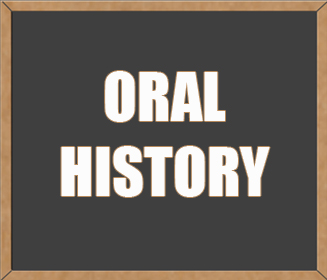
In oral history as well as other research projects, researchers may be more comfortable with paper than with audio and video documents, and this accounts for the demand for oral history transcripts. Most of us would prefer consulting the transcript of an interview rather than listening to it or watching the relevant video, mainly because of the speed with which the transcript can be skimmed and the required information located.
Captioning Service for Oral History Projects
Along with error-free transcription, accurate captioning services can also be of great use to oral history researchers. Programs on videos, films, documentaries and webcasts can be provided with captions; captioning service provided by a reputable transcription company ensures maximum accuracy, proper punctuation, and easy-to-access features. Providers check for aspects such as reading speed and how the caption is located in the page, without conflicting with the visual images.
The captioning can be done in real time into instant text or you can go for offline captioning. Real time captioning is very useful for presentations, classrooms, performances and seminars. The instant text can be displayed on a TV screen, laptop screen, LCD projection and so on. Real time captioning has quickly become the new standard for the hearing-impaired community and for institutions seeking compliance with the Americans with Disabilities Act (ADA). Real time captioning ensures simple and effortless communication. The instant transcripts generated enables clients to have a full text record on paper or disc within minutes of the event.
In the case of offline captioning, a skilled caption writer transcribes the source content into a caption file. These captions are edited and proofread for maximum accuracy. The popular captioning styles are pop-on captions and roll-up captions. The former comes on and off the screen in line with the audio. If required, descriptions of sound effects and the manner of speaking can also be included in the caption. Roll-up captions start either from the top or bottom of the screen and these appear line by line.
Tips to Ensure Superior Quality, Accurate Transcription
In order to make the process of transcribing oral history projects complete, to ensure better quality and to make better use of it, some important considerations would help.
- Verbatim transcription is advisable to clearly convey ideas. Any oral history shows the perspective of the speaker and so paraphrasing should be avoided.
- A lot of fillers and clipped sentences could be expected when an oral history is narrated. So intelligent editing is often necessary to make the matter clear to the end user.
- When transcribing oral history, research is important to ensure that misspellings do not occur in the names of places, people, personalities and other things that the speaker mentions.
- Another good idea is to include time codes in the transcripts, at least once in a few minutes of the recorded content. The researcher would sometimes want to know the mindset or the actual thought process of the speaker on a certain part of the document by listening to the audio. So putting a time code would help locate the specific part in the recording.
- The oral history may not always be a one-to-one person interview; it could be a group discussion with more than one speaker. So the transcriptionist should find out the names of the speakers and clearly identify them to avoid confusion.
The documentation of oral history projects is best done by a professional. This will ensure a thorough revision of the document based on narrator changes as well as assistance for digital archiving of the interview transcripts.



